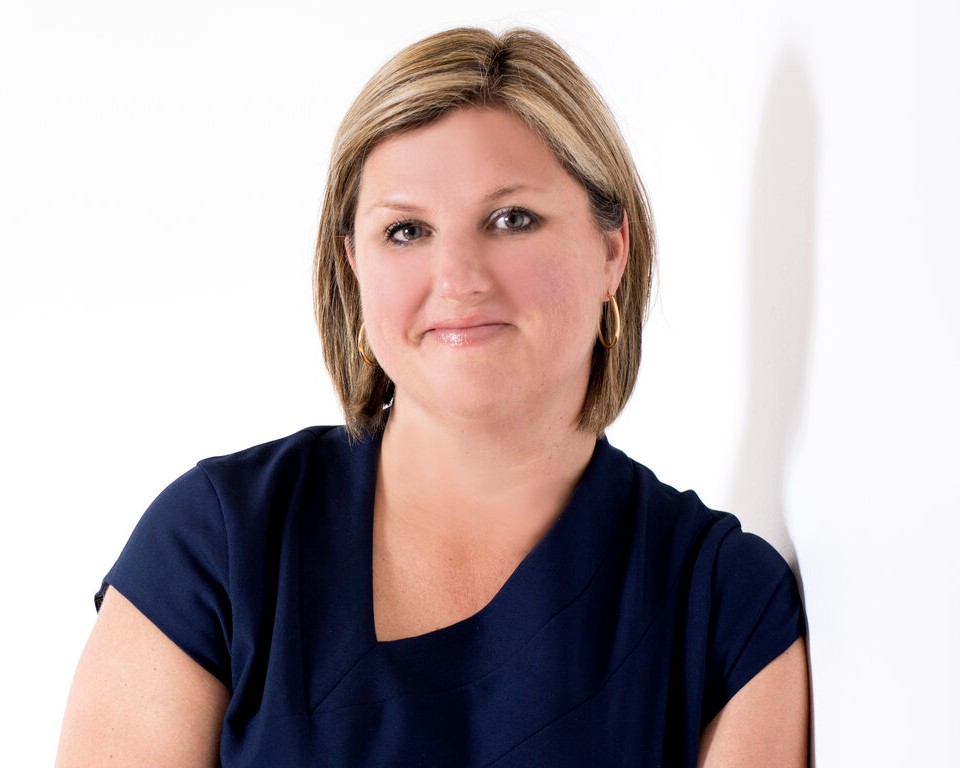Published July 6, 2023 • 7 Min Read
Over 80 per cent of Canadians who are online have at least one social media account, making it one of the most common ways they get information in the country, on par with traditional media. This provides a unique opportunity to develop your brand personality, social media enables you to grow your business organically, communicate with users directly and measure results effectively.
In this webinar, How to Attract and Delight Customers with the Right Social Media Strategy, Luke Woods from META and Kevin Bennie from RBC’s social media team discuss the current social media landscape, ways to create a unique social media presence, the virtues of organic versus paid media and how to measure social media impact and performance.
Social media platforms: the rundown
With a vast social media landscape and many different platforms, it’s important to know the key players, what’s trending and the opportunities each platform provides. Bennie provides this overview:
-
Facebook and Instagram, which are combined under the corporate umbrella of META, are the most accessible and impactful social media platforms for small businesses. While Facebook allows you to engage directly with your community — with events and pages to promote events — Instagram allows you to flex your creative muscles and leverage feeds, stories and reels.
-
LinkedIn is a strong tool that’s not just for B2B anymore. A bit more professional, it allows you to establish yourself as an authority figure in your industry.
-
Twitter is best used for instant communications, sending a message quickly and engaging people to react to you.
-
TikTok, the quickest-growing platform, is seeing tremendous growth across all demographics (not just GenZ) but requires you to truly understand the platform to make the most of the space.
So, what platform should you focus on? Bennie says, “It’s truly up to you. But because the META suite is probably the quickest to get into and has the most impact, it’s a great place to start.”
Current trend: short-form video
As Woods explains, short-form video is one of the hottest trends in social media today. “It allows you to tell your story in a quick hit while also entertaining your audience. It creates a deeper connection than you can achieve with a static ad.”
He shares you can use video in a couple of different ways. Through stories, for instance, you can speak to your loyal audience – i.e. those people who are following you already. Reels, which is the fastest-growing format on Instagram meanwhile, can help you reach a new audience – those people who aren’t necessarily following you.
Watch the on-demand recording of this webinar to help you make the most out of social media.
Password (case sensitive): RBCsmallbiz
How to get started
If you’re new to social media, getting started can feel overwhelming. Bennie offers this advice for business owners.
Start with a plan
Develop your strategy — whether that’s a six-month, three-month or even a two-week strategy — and clearly set out what you would like to achieve. Your goal may be video engagement, customer support, tickets sold or return on investment for a paid campaign.
See how Layla’s Cheesecakes grew their business 300% in one year.>>
Understand your budget and capacity
What’s your capacity? If you don’t have the ability or resources to create video, having video engagements as your goal may not be realistic. It’s also important to understand your capacity for post consistency – for instance, whether you can post once a week or if it makes sense to create content in batches and schedule them out across the duration of a campaign.
Be open to testing and iterating
Bennie suggests building out reporting cadences, looking back on campaigns, altering specific posts and comparing them to your benchmark – then continuing to test and iterate as you go.
Once you have figured out some of these basics, Woods offers these tips to take your content to the next level:
Treat your social platform like your own properties
In other words, have them look just like your website, app and your physical storefront to ensure you have consistent branding across your multiple touchpoints.
Social media creative best practices
Whether you’re considering diving in or dipping a toe into social media, Woods and Bennie offer these tips:
-
Videos are more engaging than static ads: Short-form video is exploding across all forms of social
-
Keep screen text to a minimum: Explain as much as you can without the use of text
-
Have a very clear call to action: You want people to know exactly what to do next
-
Design for sound off: You want a user to understand what you’re saying if they’re watching
-
Get your message out as quickly as possible: Make sure your payoff is at the beginning of the video
Activate tools for your audience to take action
Make sure tools are enabled for users to shop, visit your website, message you, book now or come to your location.
Give business updates
Through stories, make sure your followers know what’s happening with your business – that they’re aware of deals and other types of events.
Work with local influencers
Once you’re a bit more advanced, Woods suggests working with local content creators. “This lends your brand that authenticity, as people are looking to influencers to make a purchasing decision. They really trust the voices of those people who are prevalent on the platform.”
Measuring success
One of the great benefits of social media is the amount and quality of data you can get out of your campaign. Because the amount of information can be extensive, Bennie emphasizes the need to have a plan in place before starting — and then measuring against that plan.
“The amount of data and information you can get out of your campaign can almost feel like data paralysis. That’s why it’s so important to have a plan at the start, so when you’re trying to understand if your campaign performed well, you can look back on your objectives and success metrics.
Bennie also reminds that there will be peaks and valleys. “Progress is never linear — so if you have a campaign or a post that underperforms, use that to establish your internal benchmarks and understand how your efforts are paying off.”
The benefits of paid advertising on social media
While organic posting allows you to build your personality online, Bennie explains that paid lets you “supercharge your reach.” He adds that paid media’s real benefit is its measurable value. “There’s so much information, so much data that you’re able to collect through these platforms, you can test and create iterations so much more quickly. And with a lot more information, you can get very in-depth and optimize towards your return on investment.”
He further explains that business owners don’t need thousands of dollars to start. “Just start with whatever is available to you — you will still see returns and get valuable learnings.”
Woods adds that it’s a good idea to keep 80% of your paid budget for your “bread and butter” approach and use your last 20% to try different things. “That way, you’re protecting your core advertising with the ability to test and learn to become more efficient and learn more.”
With the extensive and ever-evolving social media space, it can be tricky to know how and when to get started. These tips can help you get more comfortable with your social media approach, offering ways to best use your time and resources for maximum results.
Links mentioned in the presentation:
-
Learn more about the CDAP grant, a Government of Canada grant that includes social media funding for eligible small businesses
-
3 Tips for Improving the User Experience on Your Brand’s Social Media Pages & Website
This article is intended as general information only and is not to be relied upon as constituting legal, financial or other professional advice. A professional advisor should be consulted regarding your specific situation. Information presented is believed to be factual and up-to-date but we do not guarantee its accuracy and it should not be regarded as a complete analysis of the subjects discussed. All expressions of opinion reflect the judgment of the authors as of the date of publication and are subject to change. No endorsement of any third parties or their advice, opinions, information, products or services is expressly given or implied by Royal Bank of Canada or any of its affiliates.
Any information, opinions or views provided in this document, including hyperlinks to the RBC Direct Investing Inc. website or the websites of its affiliates or third parties, are for your general information only, and are not intended to provide legal, investment, financial, accounting, tax or other professional advice. While information presented is believed to be factual and current, its accuracy is not guaranteed and it should not be regarded as a complete analysis of the subjects discussed. All expressions of opinion reflect the judgment of the author(s) as of the date of publication and are subject to change. No endorsement of any third parties or their advice, opinions, information, products or services is expressly given or implied by RBC Direct Investing Inc. or its affiliates. You should consult with your advisor before taking any action based upon the information contained in this document.
Furthermore, the products, services and securities referred to in this publication are only available in Canada and other jurisdictions where they may be legally offered for sale. Information available on the RBC Direct Investing website is intended for access by residents of Canada only, and should not be accessed from any jurisdiction outside Canada.
Share This Article






